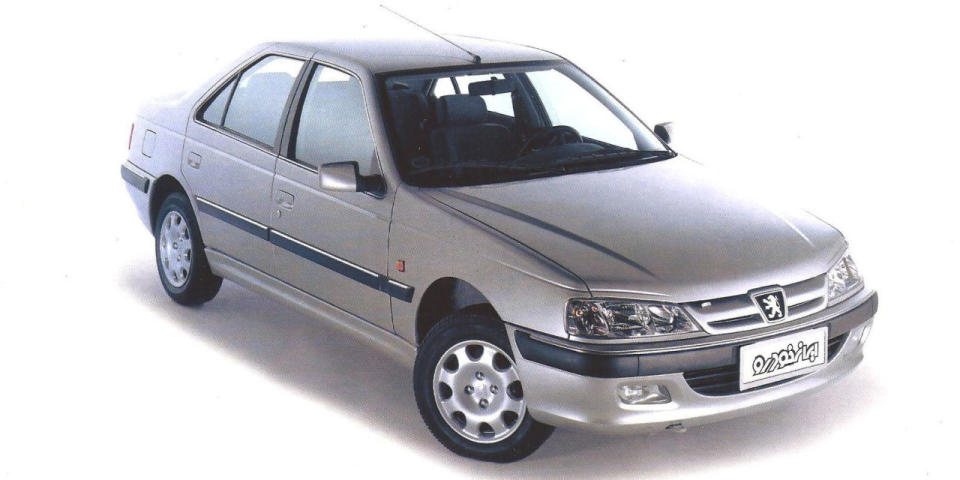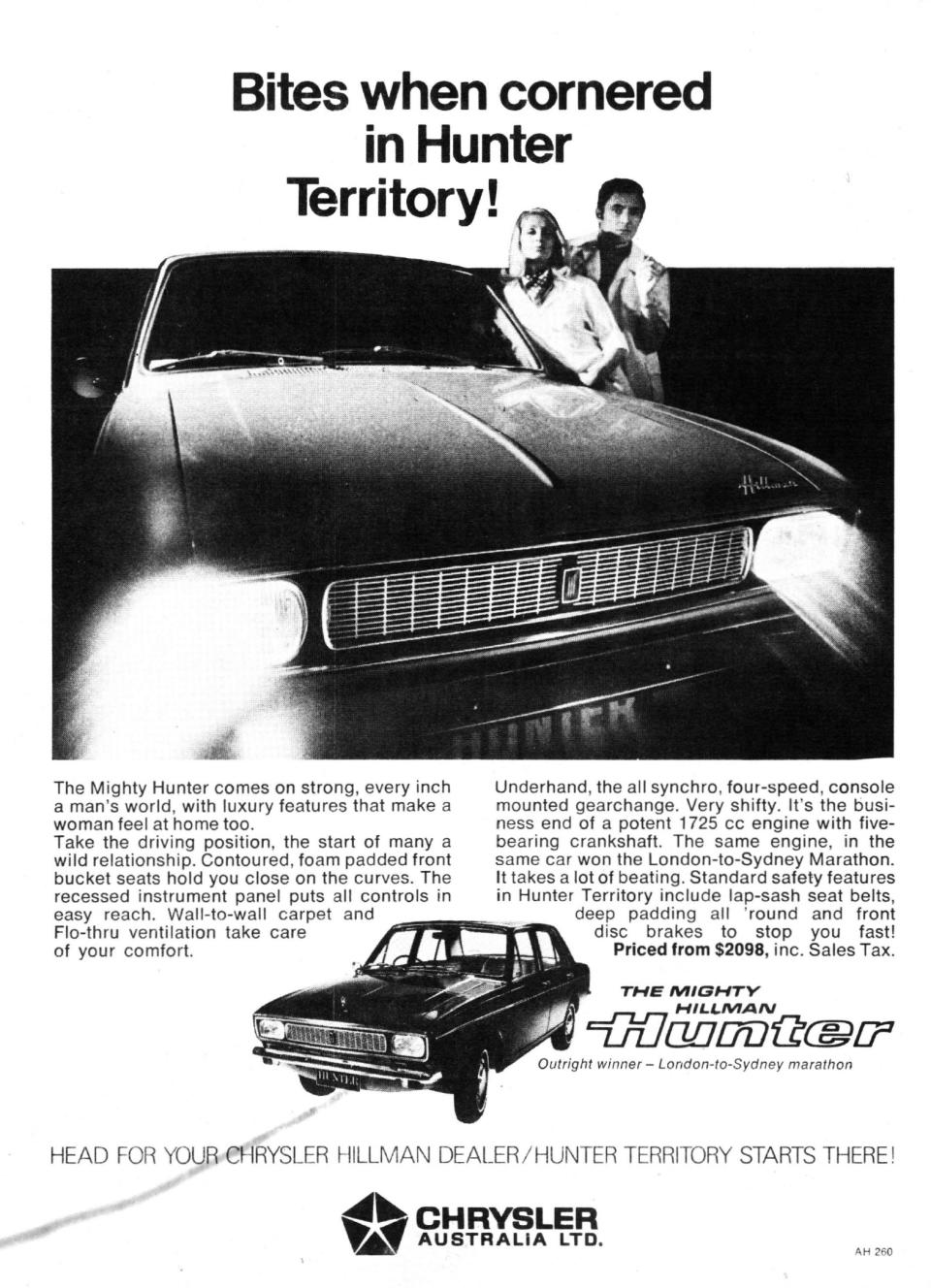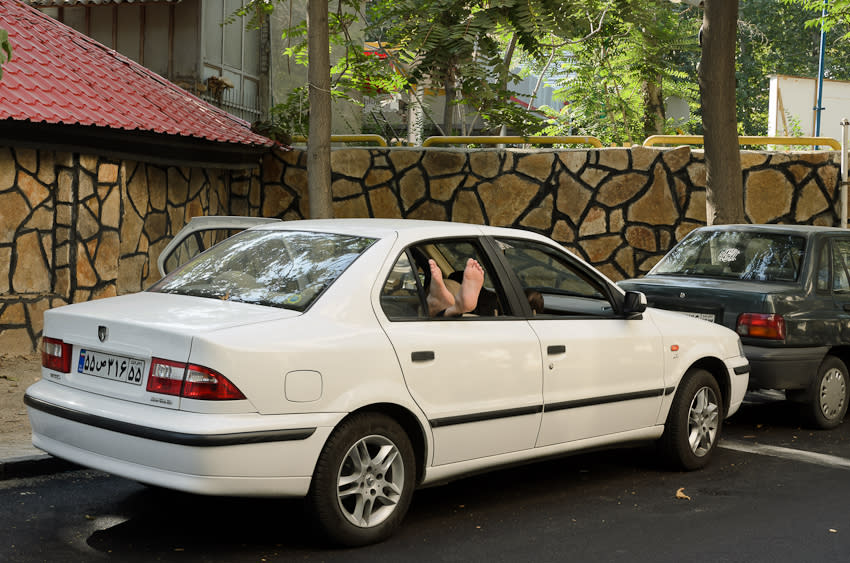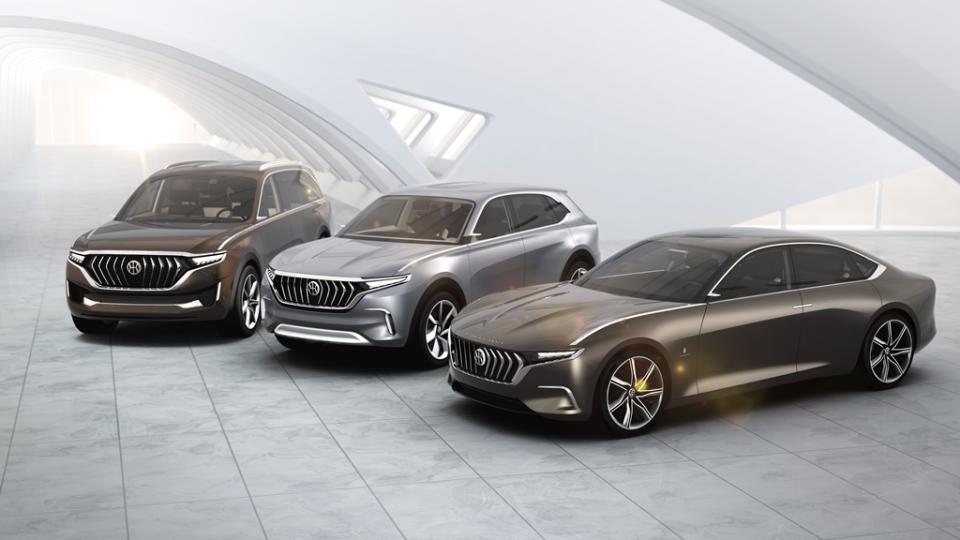Iran's 21st Century Car Will Be Designed And Engineered By Pininfarina

What you see above may look very similar to a Peugeot 405, but it isn't. Instead, it's a Peugeot Pars, and while the Pininfarina-designed and French-made original was launched in 1987, this local evolution only surfaced in 2001. The Middle-Eastern wundersedan certainly deserves further explanation, but first, here's why we thought of it:
Modular platforms are all that carmakers can talk about nowadays, and since Iran's largest manufacturer has been using thirty-year-old French underpinnings for most of their vehicles, they decided it was time for an upgrade, especially if they intend to keep their multinational sales. Luckily, Italy's most famous design house, Pininfarina, knows how to engineer a car from the ground up. That's why in a brief moment when they weren't busy working on e-bikes, cable cars or fancy furniture, a $76M deal was signed so that they can take a platform from the first sketches to mass production in 36 months.
Pininfarina says this new modular base can spawn at least four different vehicles, and the first passenger car of the medium segment of the market. Mind you, IKCO and its partners also produce cars in Senegal, Syria, Belarus, China, Venezuela and Azerbaijan, which makes the Iranian giant a serious player both in the Middle East, Central Asia and North Africa.
Funny to think that it all began with this:

What some of you in Commonwealth countries may have known as the Chrysler Hunter or the Dodge Husky made it big as the Hillman Arrow, otherwise known as the badge-engineering extravaganza of the Roots Group, the company that became Chrysler Europe.
Called the Paykan, full local production began in 1985, just when the British production lines were closed after nine years. The Paykan was a mix-and-match love affair of Roots components and Peugeot engines, and the Iranians kept it in production all the way until 2005, despite its terrible gas milage.
By that time, Iran's new national car has been on the market for two years, and the Samand was no Paykan.

IKCO's first in-house design was built on the Peugeot 405 platform using all the knowledge gathered since Iran started spewing out their locally built ones in 1992. The Samand uses a variety of PSA engines as well as two Iranian mills, also created after learning every aspect of the French engines' layout. The 1.7 liter EF7 is a dual-fuel engine, meaning it will also run on compressed natural gas (CNG).
For 2017, IKCO also launched and updated Samand called the Dena, but let's face it: polishing what was the European Car of the Year for 1988 won't get the Iranian car industry where its leaders would like to see it, which must be this century. Perhaps Pininfarina will.

You Might Also Like

 Yahoo Autos
Yahoo Autos 